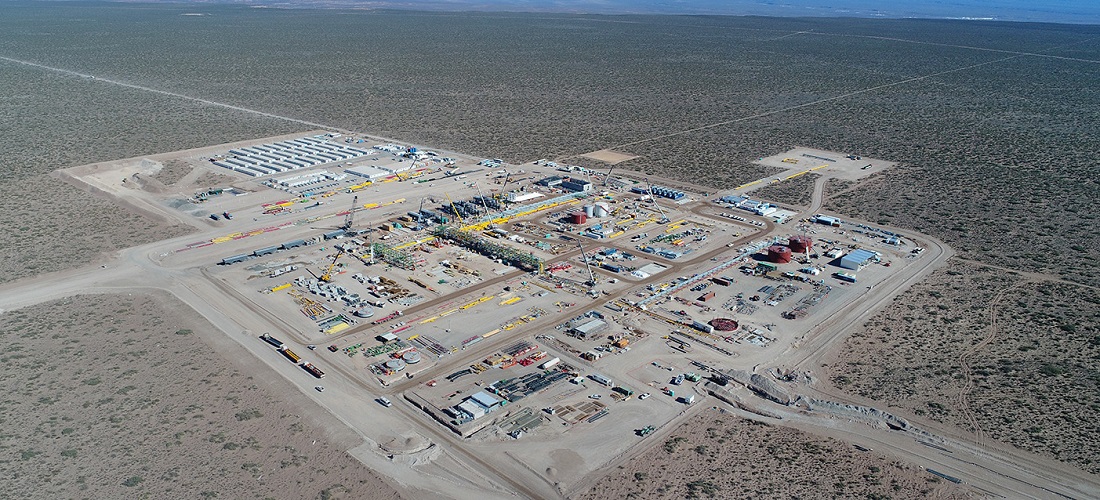
Argentina’s YPF loads tanker to start exporting LNG
Sep, 27, 2019 Posted by Sylvia SchandertWeek 201940
Argentine company YPF is loading a tanker with LNG that will be exported to a floating liquefaction terminal capable of processing the equivalent of 2.5m m3/day, according to a company representative.
The representative said that YPF, the country’s largest gas producer, is looking for a buyer for the cargo in October.
LNG export is a new business for the state-owned company, which is seeking to explore a growing supply of natural gas from the Vaca Muerta shale deposit.
The terminal, which was installed earlier this year, has already shipped a LNG shipment to the market as a test.
The company’s plan is to expand its gas outlets to avoid over supplies as production exceeds domestic demand. Vaca Muerta, one of the largest shale gas deposits in the world, recovered Argentine gas production to 144m m3/day in July, after a low of 113.7m m3/day in 2014.
Daniel Gonzalez, CEO of YPF, said the LNG floating terminal is important as it will provide a new selling point for just under 5% of national production.
But as production increases (the government expects production to double to 260m m3/day by 2023 from 2018 levels) there will be a need to export even more supplies.
“If we want a major development of Vaca Muerta for gas, we clearly need a liquefaction plant,” Gonzalez said about a proposed large-scale terminal.
He said that a decision to proceed with the US$5bn project in four to five years could be made in 12 to 18 months, depending on factors such as the future of LNG prices.
“We have to make sure the numbers are good,” he said, adding that Vaca Muerta’s production costs “are decreasing and this shows that we can come up with costs that would allow us to justify the construction of a liquefaction plant.”
YPF said it expects production of Vaca Muerta to grow by 7% by 2023, which could lead to a significant oversupply. Based on these projections, S&P Global Platts Analytics estimates that Argentina’s excess production could reach an average of 25m m30/day during the southern hemisphere’s summer months, which could withstand increased pipeline and LNG exports.
Source: Platts
-
Trade Regulations
Jan, 18, 2022
0
Brazil-Chile free trade agreement to enter into force
-
Trade Regulations
May, 31, 2022
0
Turkey and Russia are meeting to discuss Ukraine’s humanitarian export corridor
-
Ports and Terminals
Dec, 27, 2018
0
Port of Santos tariff revenues up 28.8%
-
Grains
Nov, 21, 2022
0
Argentina mulls reinstating ‘soy dollar,’ says agency

